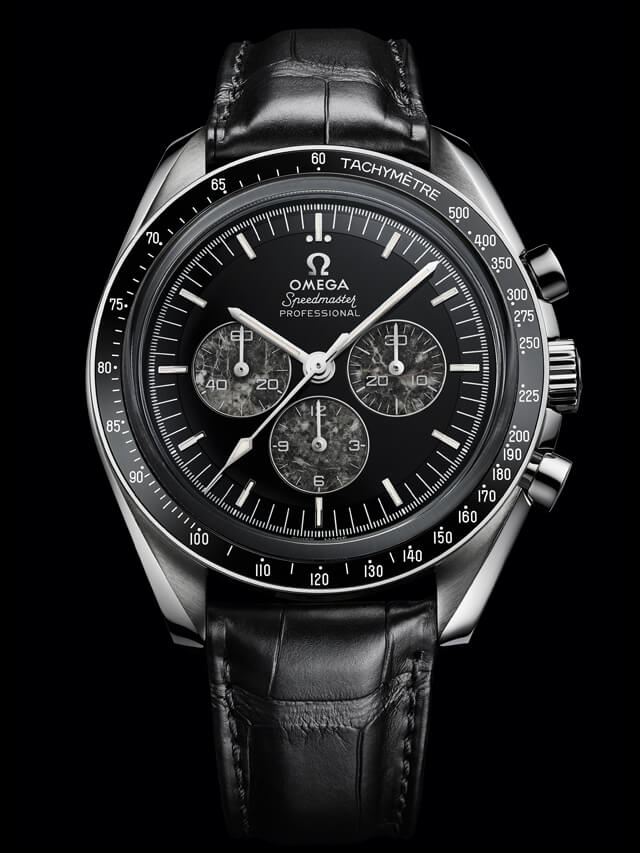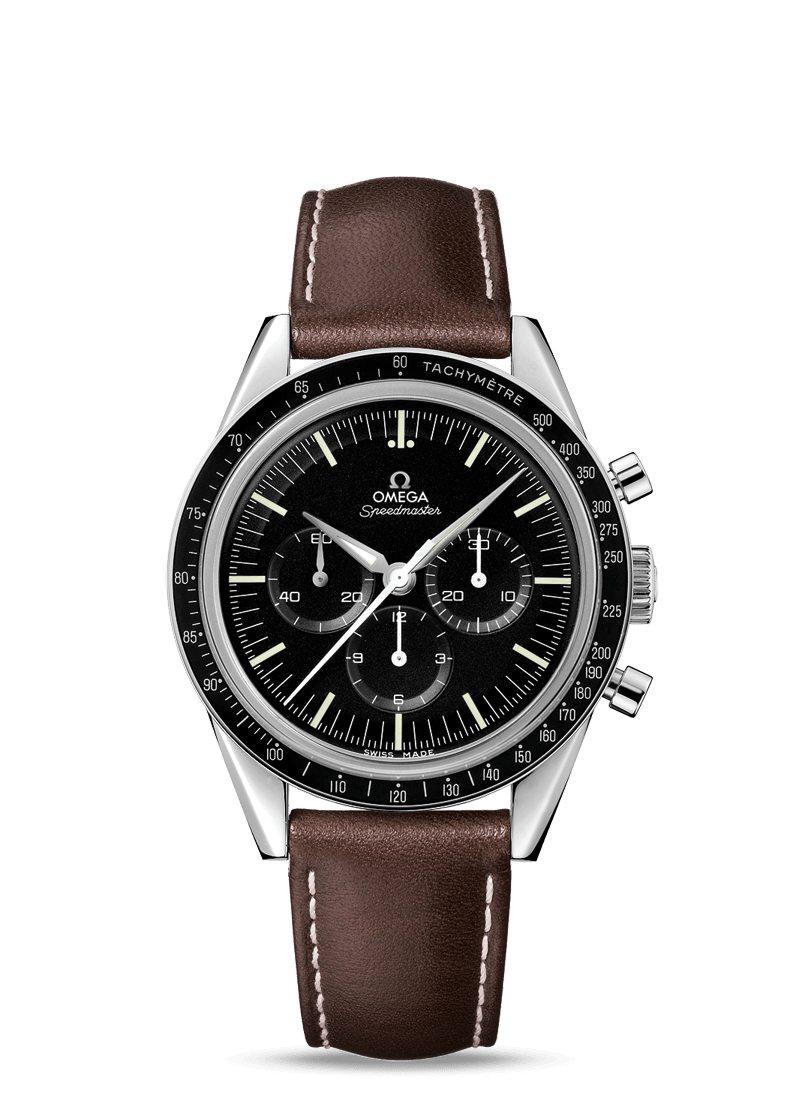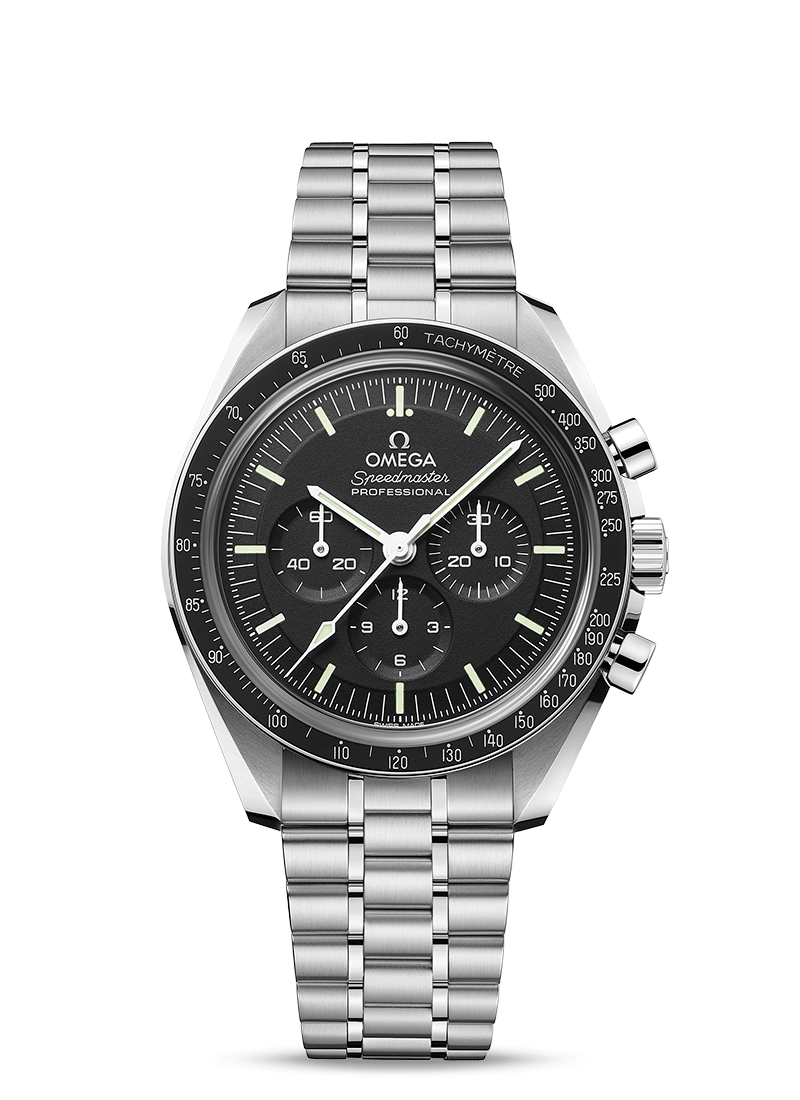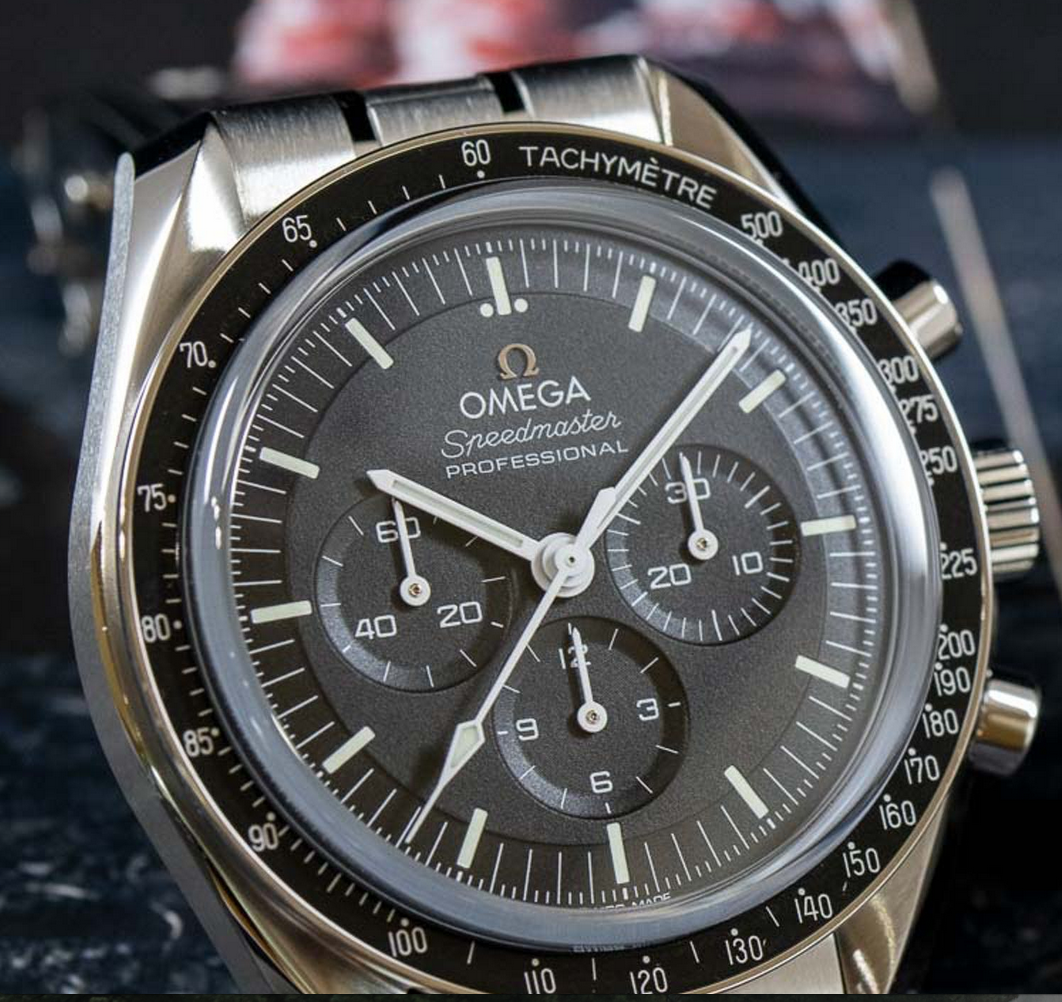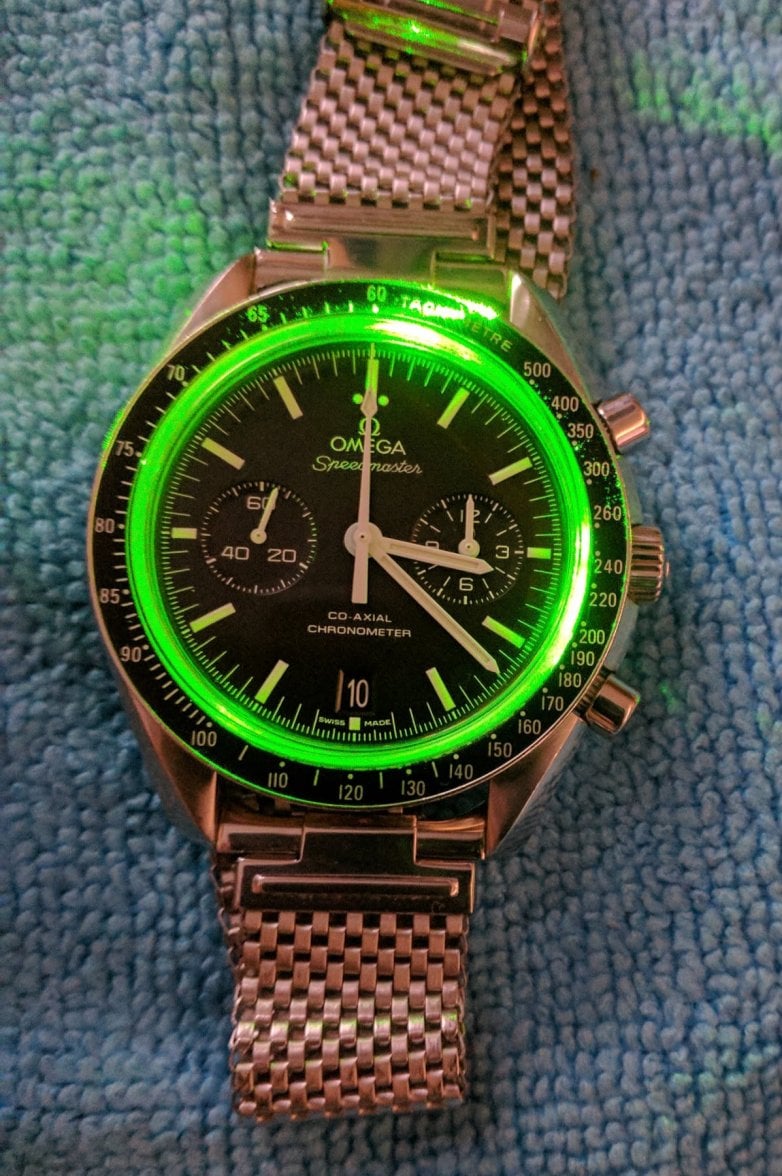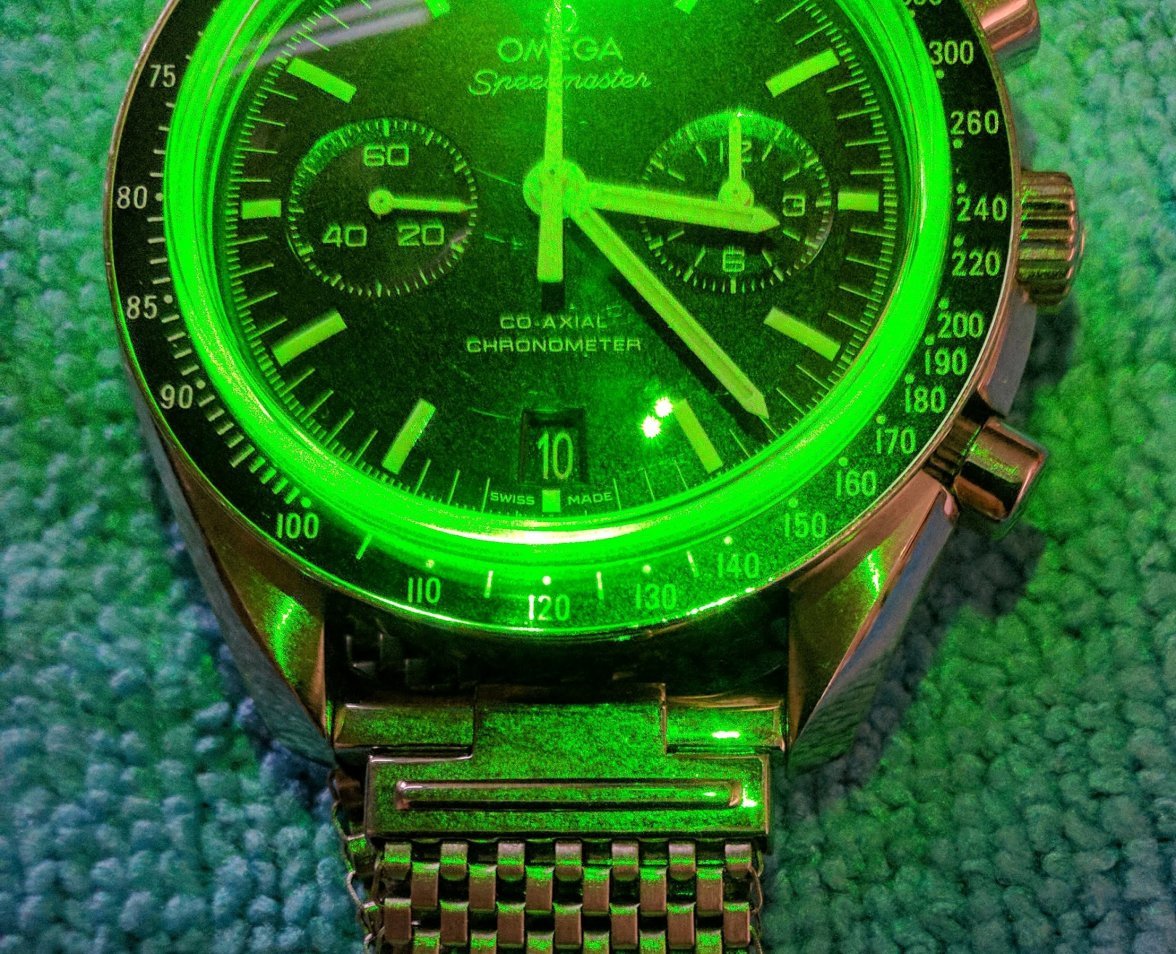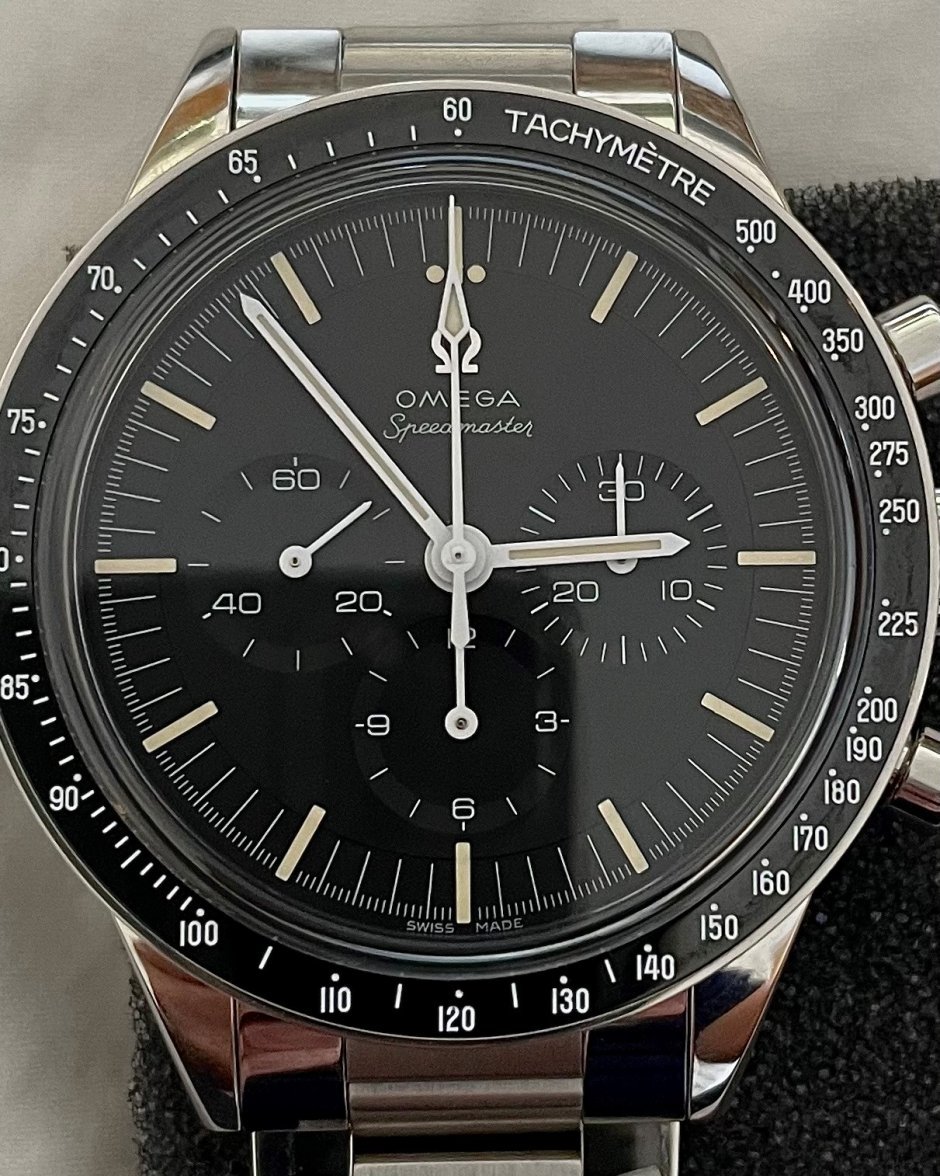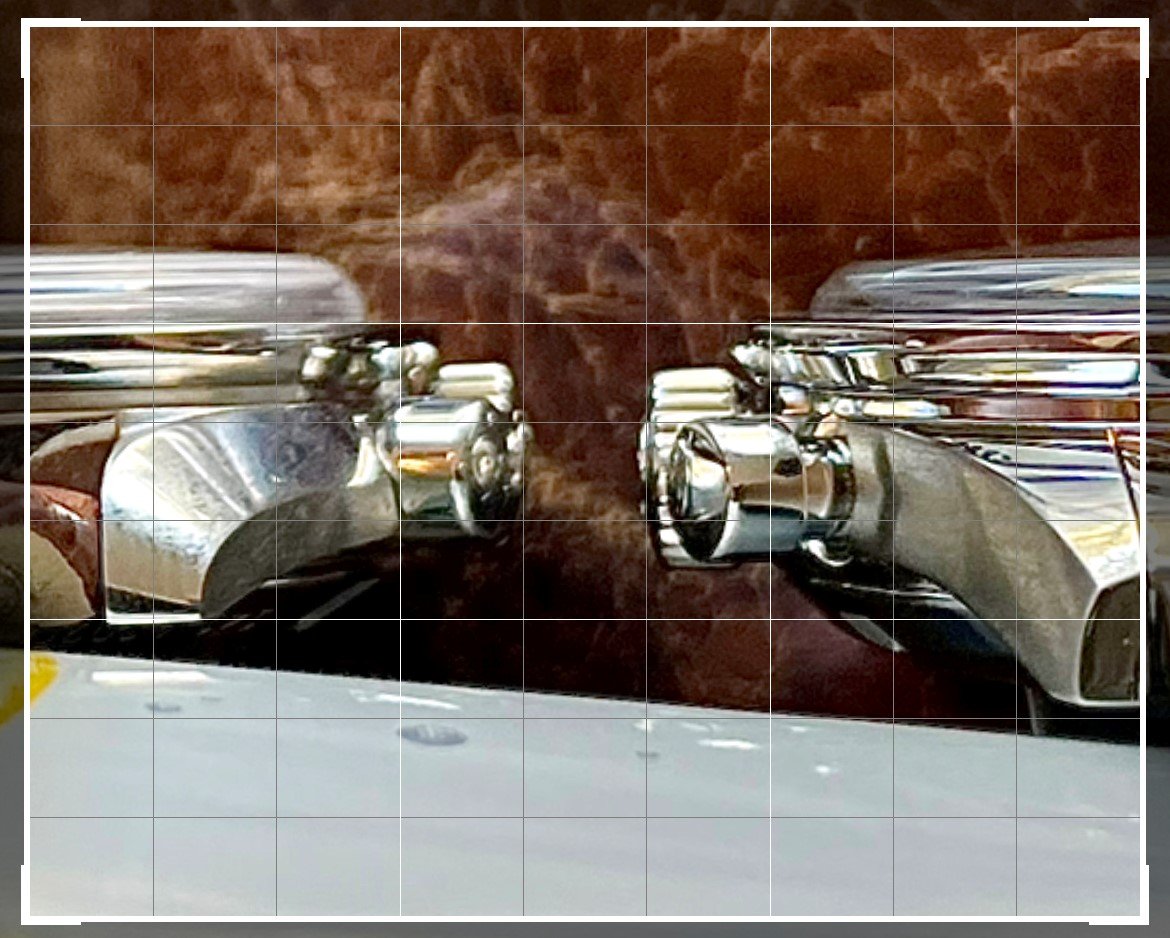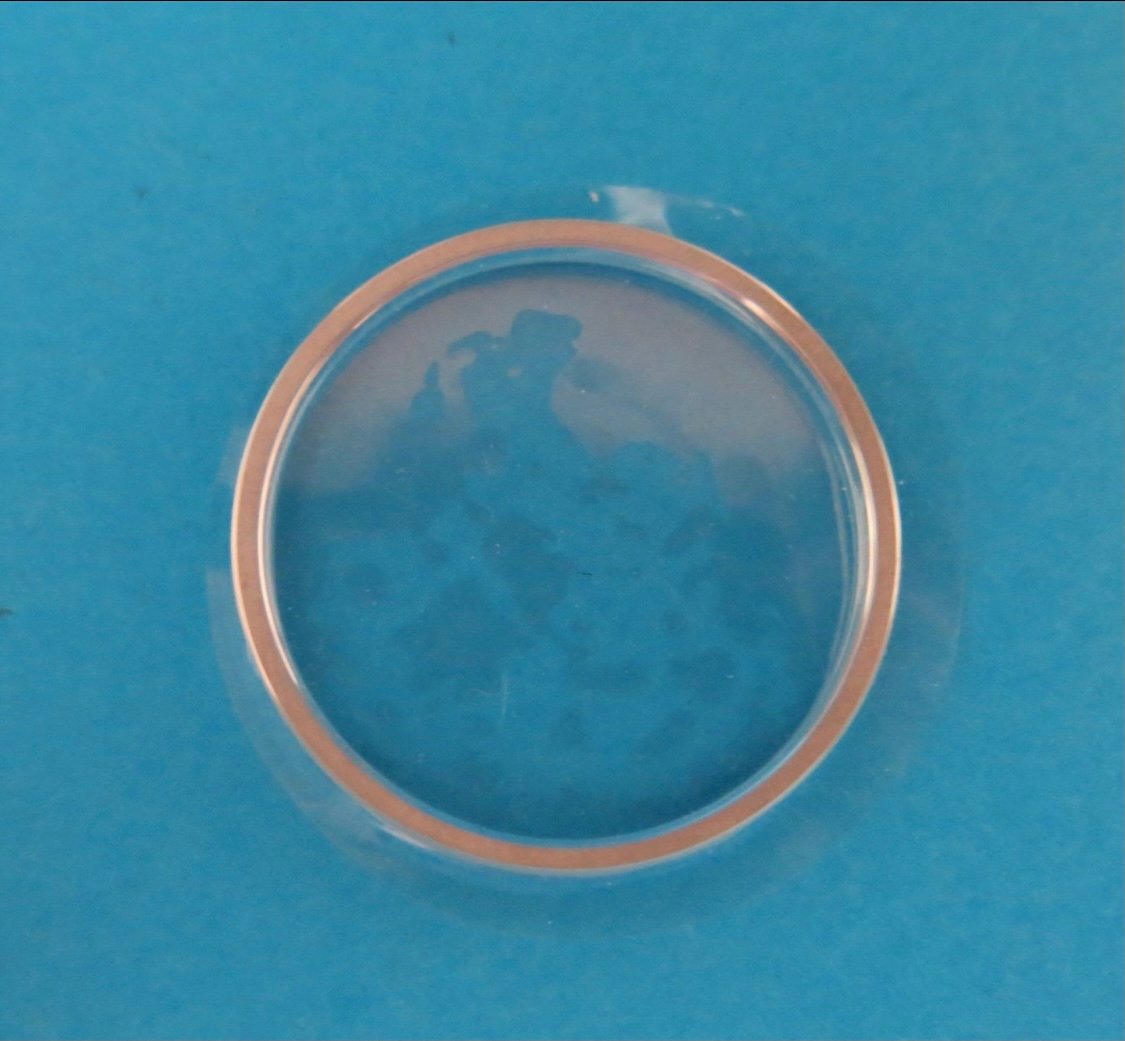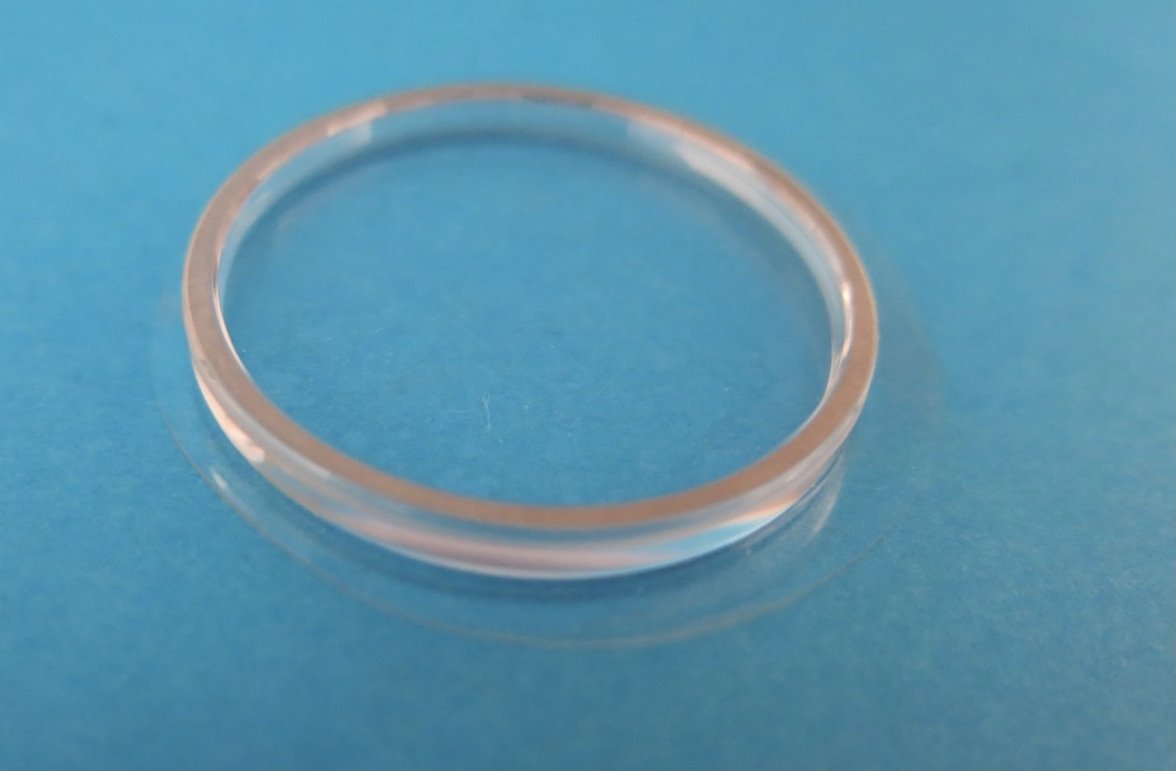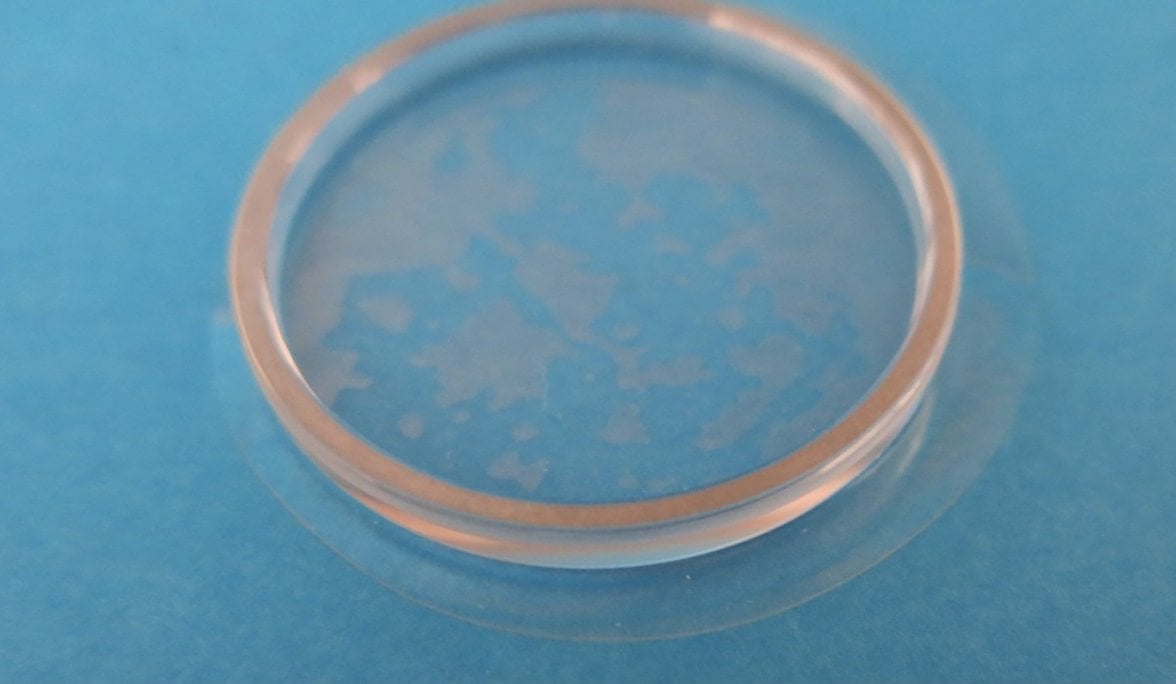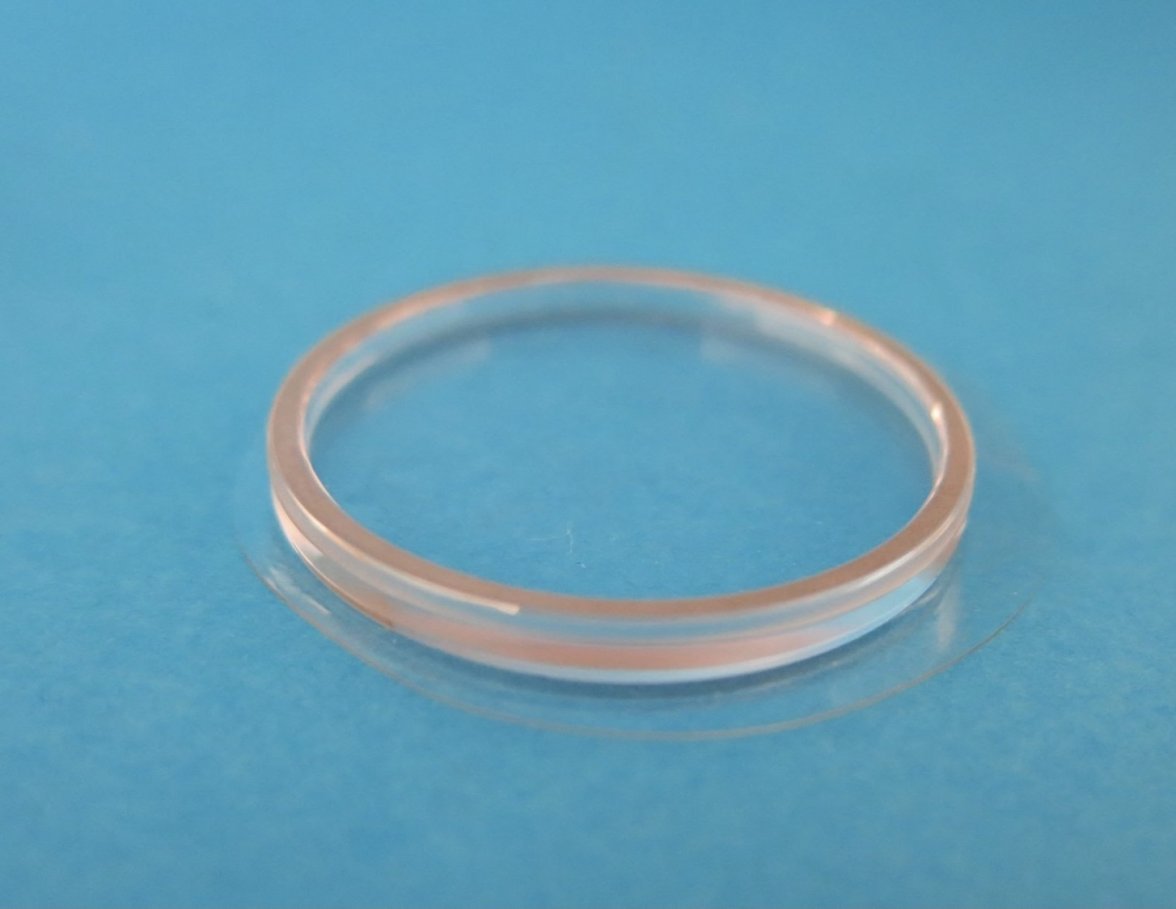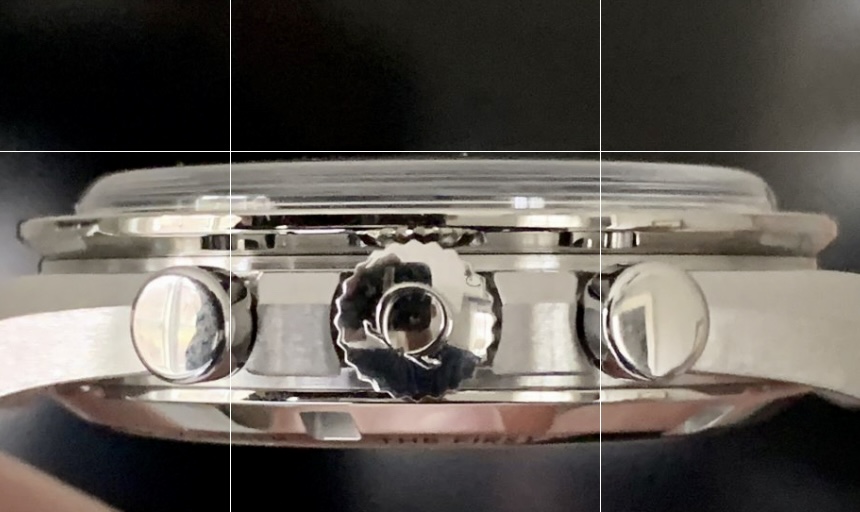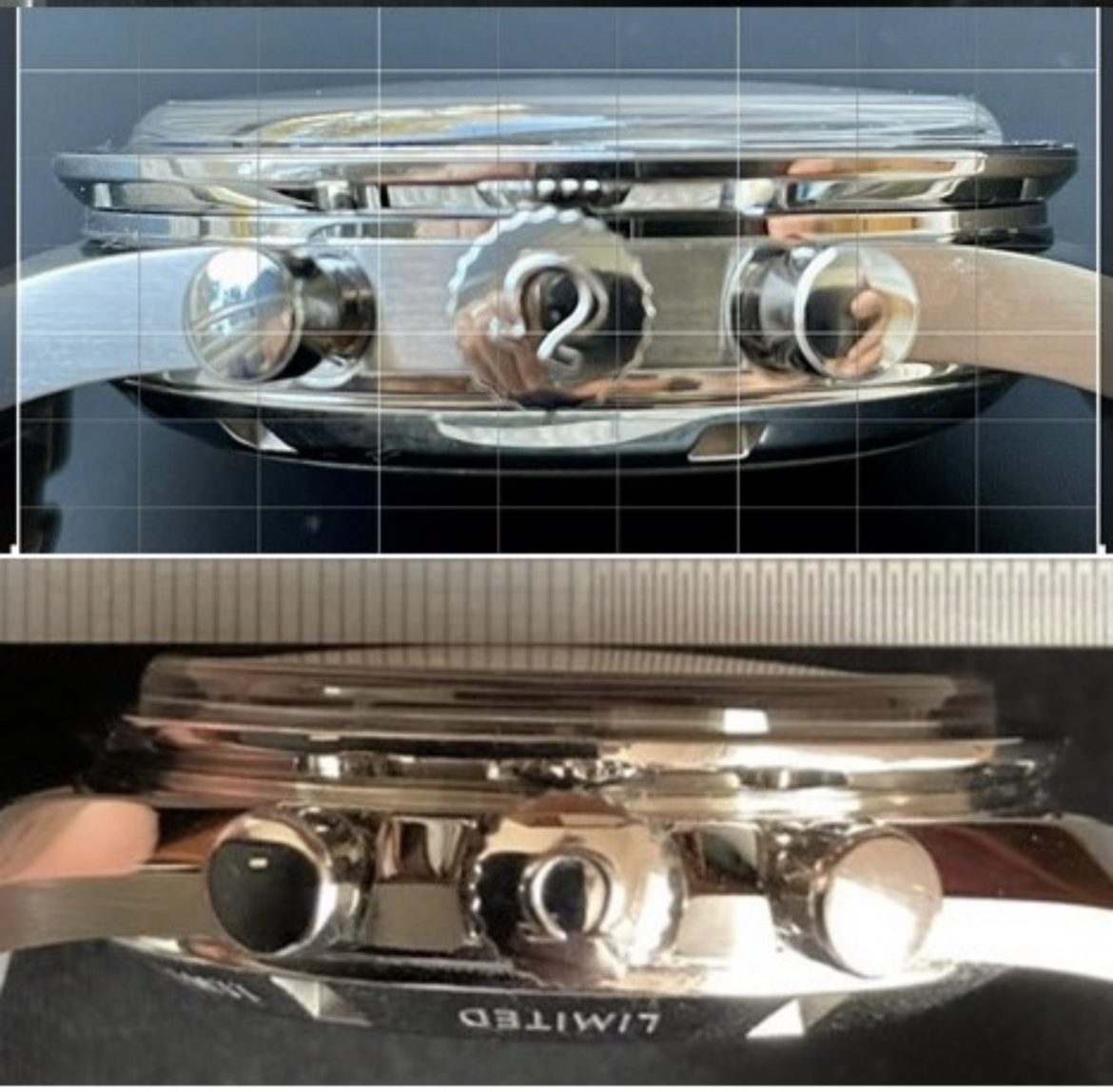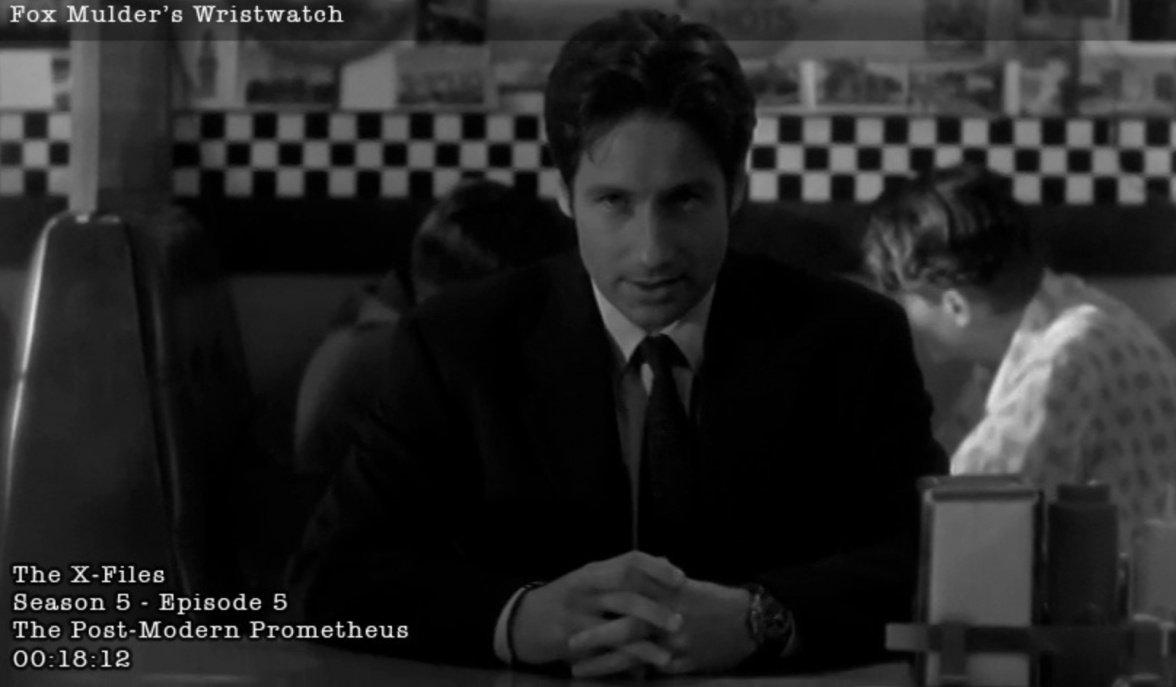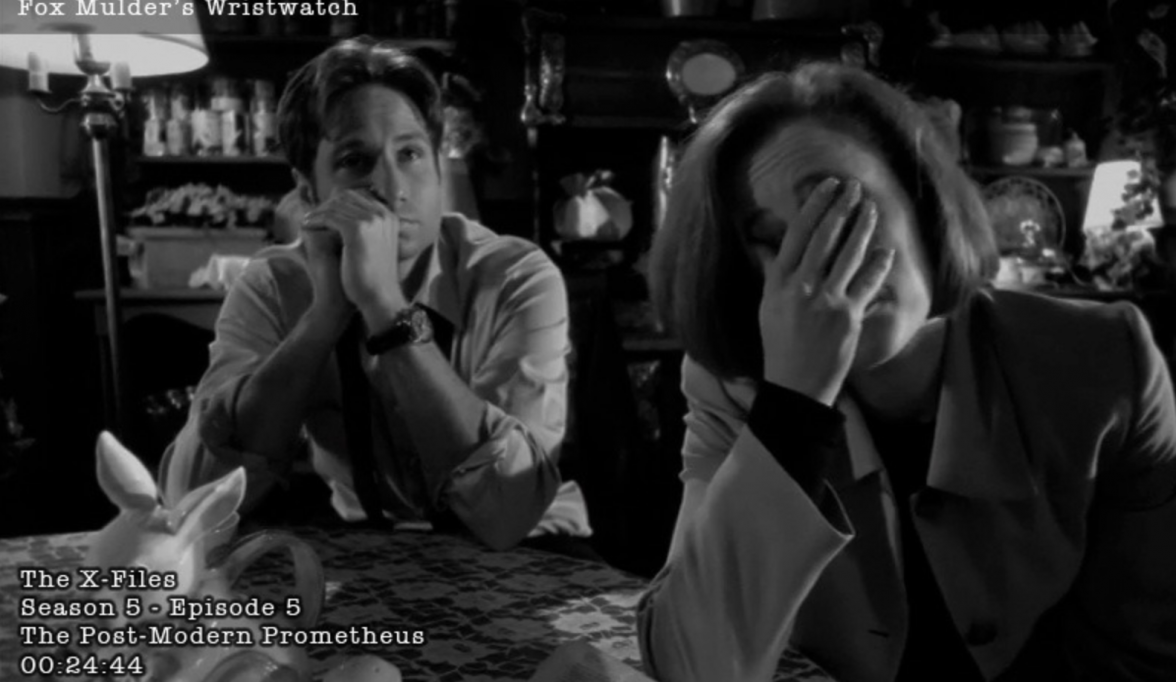cvalue13
·Cvalue13, I forgot to say that it's surprisingly difficult to get rid of light. Just because it goes down into the cylindrical part of the crystal towards the gasket doesn't mean it's going to get absorbed down there.
Happy to have my armchair kicked over, anytime 👍👍
Any of three factors
- less light trapped due to lower index of refraction of the type of glass/plastic
- less reflected light from the frosted/milky surface, due to smaller height or better polishing or more absorbent material in contact with the crystal
- less concentration of escaping light due to larger radius of curvature at the edge of the crystal
I obviously don’t understand all of your post’s explanation, but as for the summary item copied above I think get the gist.
The first item: as between different sapphire crystal models, this would come into effect only if the crystals themselves were of differing qualities or finish, and I suppose this is the sort of deep engineering we’ll never back into by reason alone; but as between sapphire and plexi, I assume the former tends to have a higher index of refraction and so - all else being equal - would result in more reflected light in sapphire.
The second item: the bold point appears to assume there is frosting of a surface, and that the more frosted height the more reflected light - but I wonder, is this only true of the surface is frosted? If so, I assume it’s because only the frosting would change the light direction (assuming full absorption on the other side of the crystal).
The third item: this item effectively gets at the item I’ve focused on above the most, which is the degree of slope to the crystal.
If that’s roughly all correct (is it?), then in equally rough summary: assuming sapphire of equal quality/index of refraction, the “milky ring” we would expect to be most observed when
(A) there is a lower radius of curvature at the edge of the crystal (e.g. more steeply domed at the edge, such as we know to be the case between the 1861 and 321)
(B) a surface on the crystal is modified to have a higher index of refraction, such as possible frosting/roughing of the surface, with greater frosting or greater surface area of frosting increasing the effect (e.g., which we don’t know whether is utilized at all, or differently, as between the 1861 and 321 - but would like to know)
(C) the surface of the crystal is in greater contact (by surface area) with a less light absorbent material (e.g., a white rather than black gasket)
